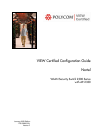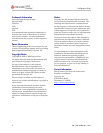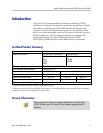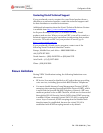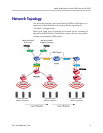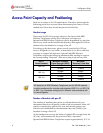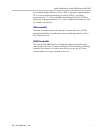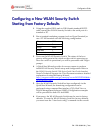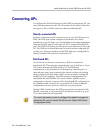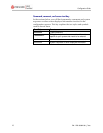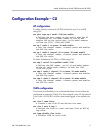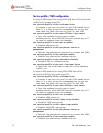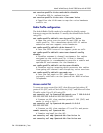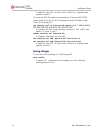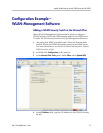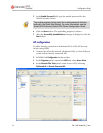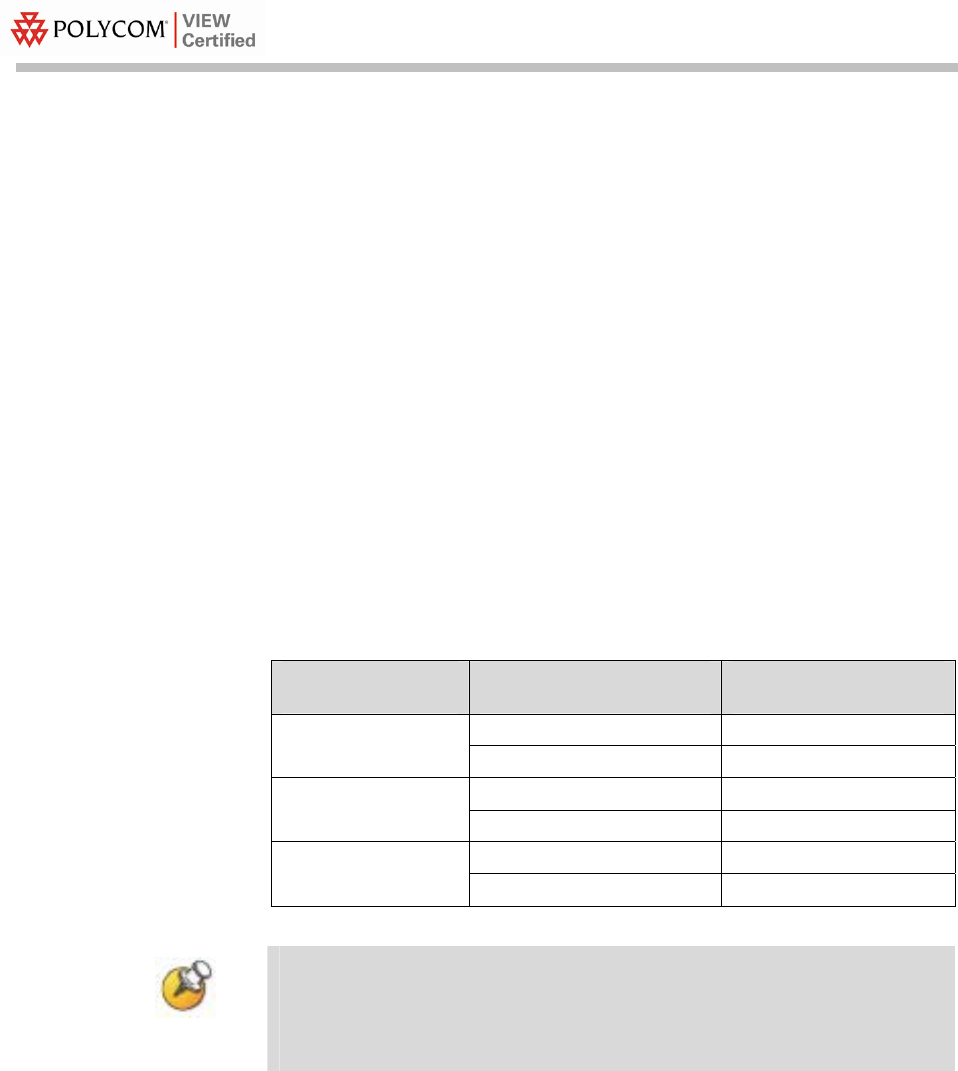
Configuration Guide
PN: 1725-36082-001_F.doc
6
Access Point Capacity and Positioning
Each site is unique in its AP requirements. Therefore, please take the
following points into account when determining how many APs are
needed and where they should be placed in the facility:
Handset range
There must be WLAN coverage wherever the SpectraLink 8000
Wireless Telephones will be used. Adequate coverage for a
SpectraLink 8000 Wireless Telephone can be determined by using the
Site Survey mode on the handset that displays dBm signal levels and
channel when the handset is in range of an AP.
For setting up the data rates, please consult your facility’s RF site
survey, designed for voice traffic, to determine if you have sufficient
coverage to support all data rates. SpectraLink 8000 Wireless
Telephones require the following minimum dBm reading to support
the corresponding “Required” data rate setting in the access point.
802.11
Radio Standard
Minimum Available
Signal Strength (RSSI)
Maximum
"Required" Data Rate
-70 dBm 1 Mb/s
802.11b
-60 dBm 11 Mb/s
-63 dBm 6 Mb/s
802.11g
-47 dBm 54 Mb/s
-60 dBm 6 Mb/s
802.11a
-45 dBm 54 Mb/s
All SpectraLink 8000 Wireless Telephones on the WLAN network
must be configured for a single radio standard (802.11a, or 802.11b,
or 802.11g). Handsets configured for different radio standards will
not work together.
Number of handset calls per AP
The number of handsets that can be in-call simultaneously was
determined based on call quality within a lab environment. Since call
quality is impacted by packet retry rate and missed packets, test
criteria were established for the maximum data rate (11Mb/s) for
handsets in-range of the AP.
As the handsets move near the limits of optimal RF coverage from the
AP, they will automatically drop to lower Mb/s operation.
SpectraLink 8000 Wireless Telephones require approximately 15 % of



